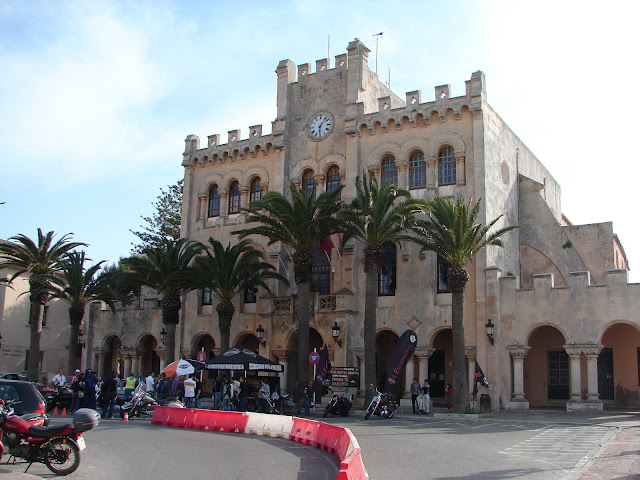Well, our autonomous cars have now been test-driven (or rather, test-ridden) for more than 200,000 miles without a single machine-caused mishap. And today we're moving the project one great leap forward with Google Racing, a groundbreaking partnership with NASCAR to help self-driving vehicles compete in the world of stock car racing. We think the most important thing computers can do in the next decade is to drive cars—and that the most important thing Google Racing can do in the next decade is drive them, if possible, more quickly than anyone else. Or anything else.
Find more photos on our Google+ page
The program remains in its infancy; we’ll surely face numerous testing and competitive hurdles before our first car peels out into a NASCAR race. But I couldn’t be more excited about the possibilities. NASCAR’s ambitious technology investments—from driver safety to green initiatives—and the sport’s spirit of challenge, effort and execution all beautifully embody our most deeply held values as a company. Having skidded around a parking lot last week myself, I’m pretty sure that none of those test miles were as hard as it will be for one of our cars to hold its own in a field of 43 jacked-up, 800-horsepower beasts screaming down a straightaway within inches of each other at upwards of 200 miles per hour. I can't imagine a more exciting challenge for our team than to race our autonomous vehicles against their carbon-based competitors.
Find more photos on our Google+ page
Larry and I have always believed in tackling big problems that matter, and we’re surer than ever that self-driving cars are one of them, capable of changing the world in all kinds of truly important ways, like reducing traffic and accidents by driving more efficiently, making correct split-second decisions and never shifting their focus off the road to check a map, text a friend, apply rear-view mirror mascara or dip a piece of tekka maki into a lid of soy sauce jostling over on the passenger seat. I hope that today’s announcement of Google Racing will mark another step along this path, and spur innovations that improve the daily lives of people all over the world. Or at the very least offer us a few cool new thrills on hot weekend afternoons.
Update Apr 1, 10:05 a.m.: As you probably guessed—no, Google Racing isn’t real. We were really happy to work with NASCAR on this April Fools' joke. The technological advancements this sport has made in the last decade are impressive and while we won’t be providing self-driving cars to compete in the races, we look forward to working together with NASCAR in the future on projects like their YouTube channel. What better way to drive change?
































.jpg)